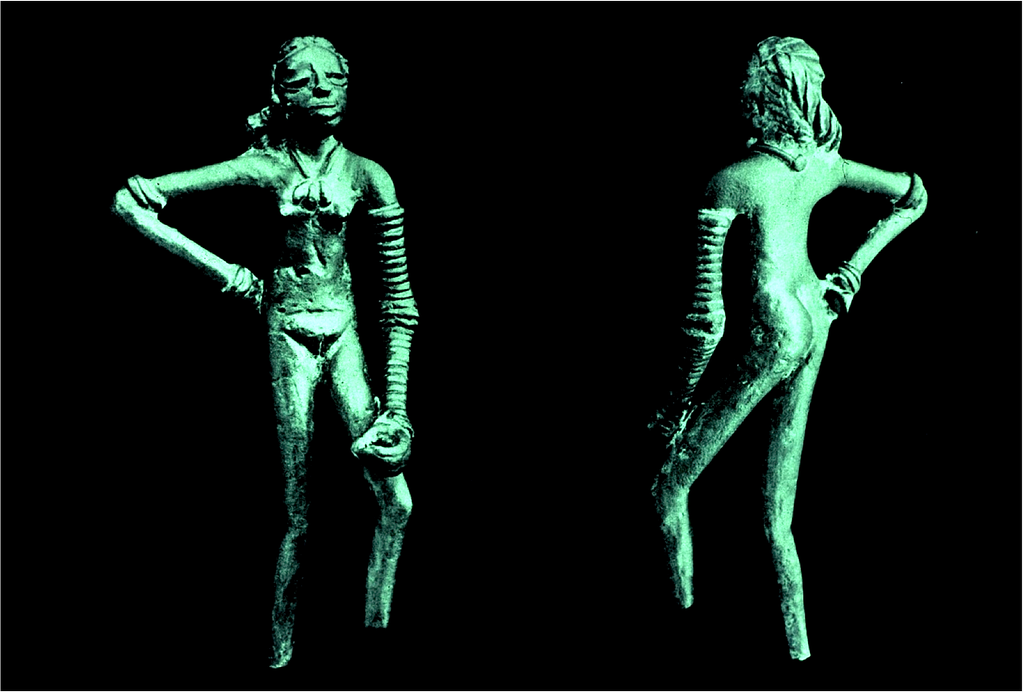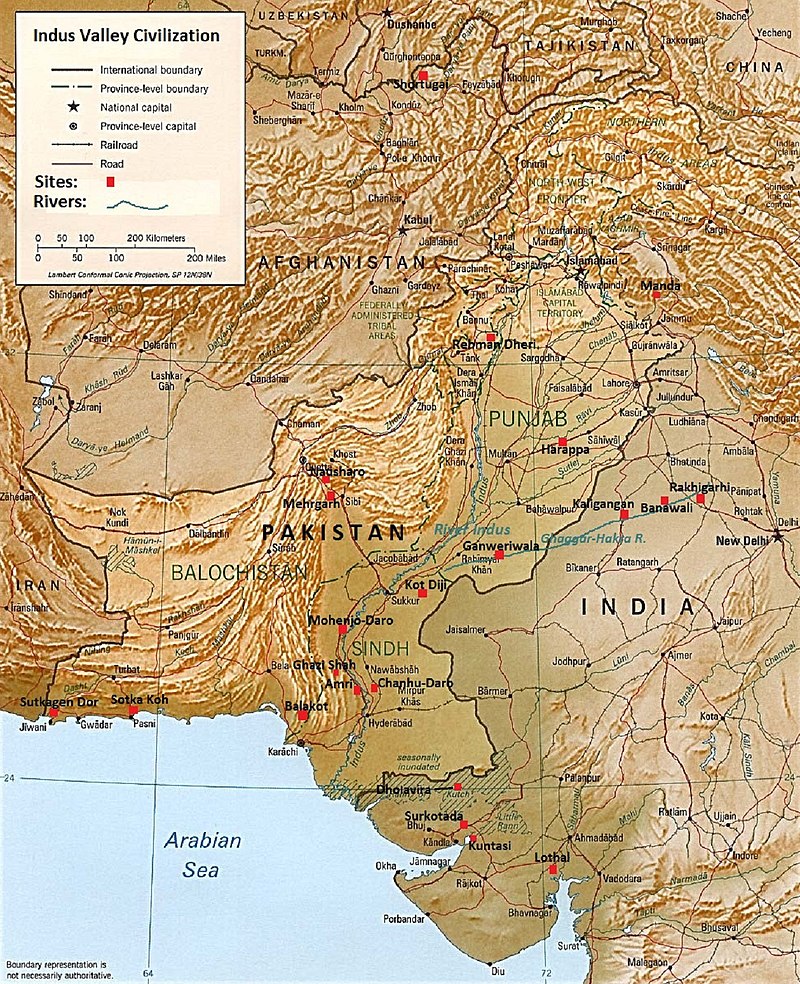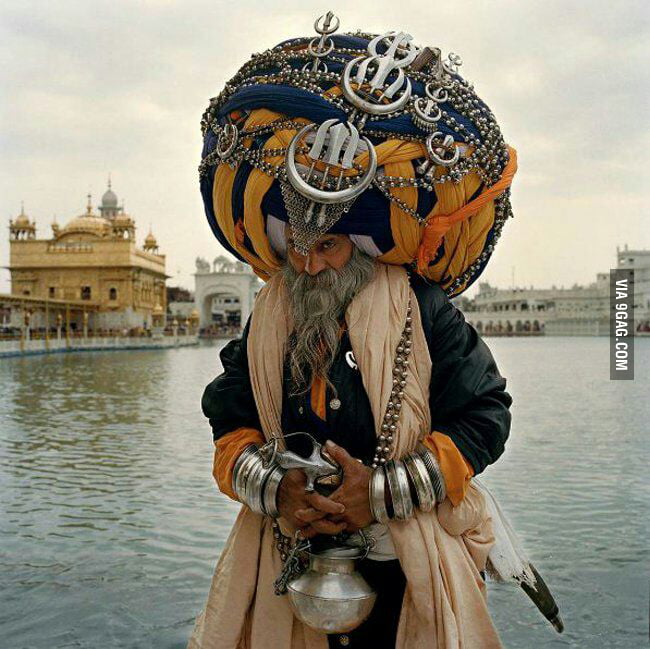Post by Admin on Sept 25, 2016 0:32:54 GMT
Sindraj
Gummint: Maharajate (Empire)
Mythos: Indian <Jain, Pakistani>

Leader: Chandaprata
CAPITAL: Jodhpur (Pop.: 90k)
Other Cities (and pop.):
Bombay: 700k
Brahmabad: 150k
Gwalior: 60k
Indore: 80k
Jaipur: 100k
Karachi: 450k
Loc.: Azir (Hindic Subcontinent)
Language: Hindic
Pop.: 12,000,000
Flag/Emblem:
Flag: Green dragon elephant,
tusked && w/ a mace of
gold in its upraised trunk,
on a silver field.
Coinage: Hindic Standard.
Companions: Rajahs of Rajputana, Sindhia, && Tatta;
princes of Gujerat, Jaipur, Kandesh, && Sind; priests, officials, nobles, etc.
Friends: Farz.
Foes: Delhi, Hind, Kabul, Oudh.
Open Warfare/Skirmishing: Borders with Hind and Oudh relatively
peaceful. Some troubles on the Kabul frontier with raiders. Minor
warfare on Delhi border.
Intrigues: Definite information not currently available.
Artifacts/Relics: Sindraj has the potent Stone of Passage, Makbar's
Talisman && Chalice, the Genii Grimoire, && the scimitar Tagholil.
Various minor magickal devices are also in the possession of the
Maharaja and nobles.
Alignment: Lawful Neutral <lyans>

Thumbnail Sketches: The territory ov this empire is about
300,000 sq. mi. in extent. Its western borders are in the
semi-arid barrens ov the Baluchi march ov Farz, && the frontier
mountains ov Kabul. Delhi is to its N, as is a portion ov Oudh,
the latter also forming its eastern boundary, along w/ Hind. The
principal river ov Sindraj is the Indus, && in Sind Province are
numerous old && ancient temples, as well as many ancient ruins,
many unexplored for centuries, if ever; for the river was the site ov
ancient civilisations nearly as old as those ov Atlantl && Aegypt.
The port cities ov Karachi && Bombay are so well known as to NOT
need any comment.
The terrain ov Sindraj ranges the gamut ov that found on the
subcontinent. In general, it is NOT as well watered by rainfall as the
areas S && E, but much ov the land is fertile nonetheless.
Mountains && hills are found in the W, central, && southeastern
portions of the realm. About 1/4 ov the realm is forested ||
jungled; another 20% is waste && barren lands. The fauna in
such places includes wild camels && asses && buffalo, the gaur &&
guyal<>, elephants, rhinoceri, deer, antelopes, tigers, bears, leopards,
cheetahs, hyenas, wolves, wild dogs (dohle), boars, && smaller
creatures ov many sorts.
Initially, the caste system prevailed strongly in this territory, for the
land was heavily settled by the ancient Aryan invaders ov the Hindic
Subcontinent. However, the Babylonian-Yarban-Shamish conquerors
held the region longest ov all conquests, && in so doing effected
many changes. The volk show a strong admixture ov the Western
Yellow race in their blood, && the social structure is no longer based
on caste. Slavery is more common, && many ov the peasants no
longer own their own lands but work fields as tenants, share-cropping
in the better situations. The middle class contains free tribesmen
&& a tier ov warriors (resembling a caste, but w/ small social
mobility) && many sorts ov officials. The aristocratic class is small,
very powerful, && tyrannical. There is some admixture ov Babylonian
Pantheon theology in the religion ov this AREA, && others ov the
Hindoo faith view the realm ov Sindraj as near-heretical. This is particularly
true ov the semi-nomadic herders ov the W && NW.
The common agriculturalists, irrigating && working their fields, are
more set in the old ways. The nobility && king encourage the
conditions, for this keeps the power ov the priesthood from becoming
too strong.
Nearly anything grown elsewhere on the subcontinent is found in
Sindraj. All manner ov livestock--save swine--are also kept. Crops
grown include rice, wheat, maize, barley, graham, millet, oats, &&
buckwheat. Oil seeds are cultivated. Ov veggies, the most notable
are cucumbers, melons, squashes, pumpkins, potatoes, carrots,
turnips, onions, garlic, radishes, peanuts, && mustard. Spices
include cardamom, ginger, turmeric, && red pepper. Ca$h crops
most cultivated are cotton, tobacco, poppies, jute, hem, sugar
cane, indigo, tea, && maddar. Vines are not uncommon in Sindraj,
&& such fruits as coconuts, bananas, pineapples, oranges, lemons,
dates, mangoes, pomegranates, peaches, apricots, plums, cashews,
almonds, pears, cherries, && pistachios are found in groves
&& orchards. Draft animals are the buffalo, elephant, camel, oxen,
mule, && ass. Herds ov horses, cattle, sheep, && goats are also
maintained. Fishing is NOT a major activity, but considerable timber
is harvested. Sindraj is an active trading nation between E &&
W.
Common mining && quarrying yields zinc, copper, lead, iron, salt,
coal, alum, && silver, ++ good marbles && building stone ov high
quality. Although not quite as rich in precious stones as its southern
neighbor, Sindraj mines considerable amounts ov high-quality gems
ov the following types: diamond, ruby, sapphire, emerald, beryl, &&
agate. It also produces pearls from coastal fisheries.
Gummint: Maharajate (Empire)
Mythos: Indian <Jain, Pakistani>

Leader: Chandaprata
CAPITAL: Jodhpur (Pop.: 90k)
Other Cities (and pop.):
Bombay: 700k
Brahmabad: 150k
Gwalior: 60k
Indore: 80k
Jaipur: 100k
Karachi: 450k
Loc.: Azir (Hindic Subcontinent)
Language: Hindic
Pop.: 12,000,000
Flag/Emblem:
Flag: Green dragon elephant,
tusked && w/ a mace of
gold in its upraised trunk,
on a silver field.
Coinage: Hindic Standard.
Companions: Rajahs of Rajputana, Sindhia, && Tatta;
princes of Gujerat, Jaipur, Kandesh, && Sind; priests, officials, nobles, etc.
Friends: Farz.
Foes: Delhi, Hind, Kabul, Oudh.
Open Warfare/Skirmishing: Borders with Hind and Oudh relatively
peaceful. Some troubles on the Kabul frontier with raiders. Minor
warfare on Delhi border.
Intrigues: Definite information not currently available.
Artifacts/Relics: Sindraj has the potent Stone of Passage, Makbar's
Talisman && Chalice, the Genii Grimoire, && the scimitar Tagholil.
Various minor magickal devices are also in the possession of the
Maharaja and nobles.
Alignment: Lawful Neutral <lyans>

Thumbnail Sketches: The territory ov this empire is about
300,000 sq. mi. in extent. Its western borders are in the
semi-arid barrens ov the Baluchi march ov Farz, && the frontier
mountains ov Kabul. Delhi is to its N, as is a portion ov Oudh,
the latter also forming its eastern boundary, along w/ Hind. The
principal river ov Sindraj is the Indus, && in Sind Province are
numerous old && ancient temples, as well as many ancient ruins,
many unexplored for centuries, if ever; for the river was the site ov
ancient civilisations nearly as old as those ov Atlantl && Aegypt.
The port cities ov Karachi && Bombay are so well known as to NOT
need any comment.
The terrain ov Sindraj ranges the gamut ov that found on the
subcontinent. In general, it is NOT as well watered by rainfall as the
areas S && E, but much ov the land is fertile nonetheless.
Mountains && hills are found in the W, central, && southeastern
portions of the realm. About 1/4 ov the realm is forested ||
jungled; another 20% is waste && barren lands. The fauna in
such places includes wild camels && asses && buffalo, the gaur &&
guyal<>, elephants, rhinoceri, deer, antelopes, tigers, bears, leopards,
cheetahs, hyenas, wolves, wild dogs (dohle), boars, && smaller
creatures ov many sorts.
Initially, the caste system prevailed strongly in this territory, for the
land was heavily settled by the ancient Aryan invaders ov the Hindic
Subcontinent. However, the Babylonian-Yarban-Shamish conquerors
held the region longest ov all conquests, && in so doing effected
many changes. The volk show a strong admixture ov the Western
Yellow race in their blood, && the social structure is no longer based
on caste. Slavery is more common, && many ov the peasants no
longer own their own lands but work fields as tenants, share-cropping
in the better situations. The middle class contains free tribesmen
&& a tier ov warriors (resembling a caste, but w/ small social
mobility) && many sorts ov officials. The aristocratic class is small,
very powerful, && tyrannical. There is some admixture ov Babylonian
Pantheon theology in the religion ov this AREA, && others ov the
Hindoo faith view the realm ov Sindraj as near-heretical. This is particularly
true ov the semi-nomadic herders ov the W && NW.
The common agriculturalists, irrigating && working their fields, are
more set in the old ways. The nobility && king encourage the
conditions, for this keeps the power ov the priesthood from becoming
too strong.
Nearly anything grown elsewhere on the subcontinent is found in
Sindraj. All manner ov livestock--save swine--are also kept. Crops
grown include rice, wheat, maize, barley, graham, millet, oats, &&
buckwheat. Oil seeds are cultivated. Ov veggies, the most notable
are cucumbers, melons, squashes, pumpkins, potatoes, carrots,
turnips, onions, garlic, radishes, peanuts, && mustard. Spices
include cardamom, ginger, turmeric, && red pepper. Ca$h crops
most cultivated are cotton, tobacco, poppies, jute, hem, sugar
cane, indigo, tea, && maddar. Vines are not uncommon in Sindraj,
&& such fruits as coconuts, bananas, pineapples, oranges, lemons,
dates, mangoes, pomegranates, peaches, apricots, plums, cashews,
almonds, pears, cherries, && pistachios are found in groves
&& orchards. Draft animals are the buffalo, elephant, camel, oxen,
mule, && ass. Herds ov horses, cattle, sheep, && goats are also
maintained. Fishing is NOT a major activity, but considerable timber
is harvested. Sindraj is an active trading nation between E &&
W.
Common mining && quarrying yields zinc, copper, lead, iron, salt,
coal, alum, && silver, ++ good marbles && building stone ov high
quality. Although not quite as rich in precious stones as its southern
neighbor, Sindraj mines considerable amounts ov high-quality gems
ov the following types: diamond, ruby, sapphire, emerald, beryl, &&
agate. It also produces pearls from coastal fisheries.















